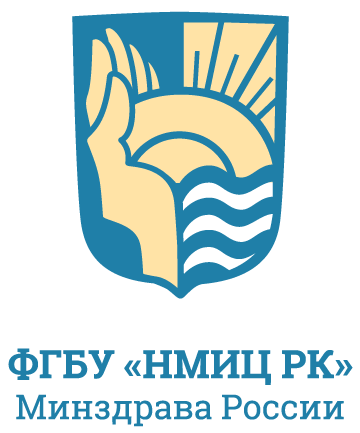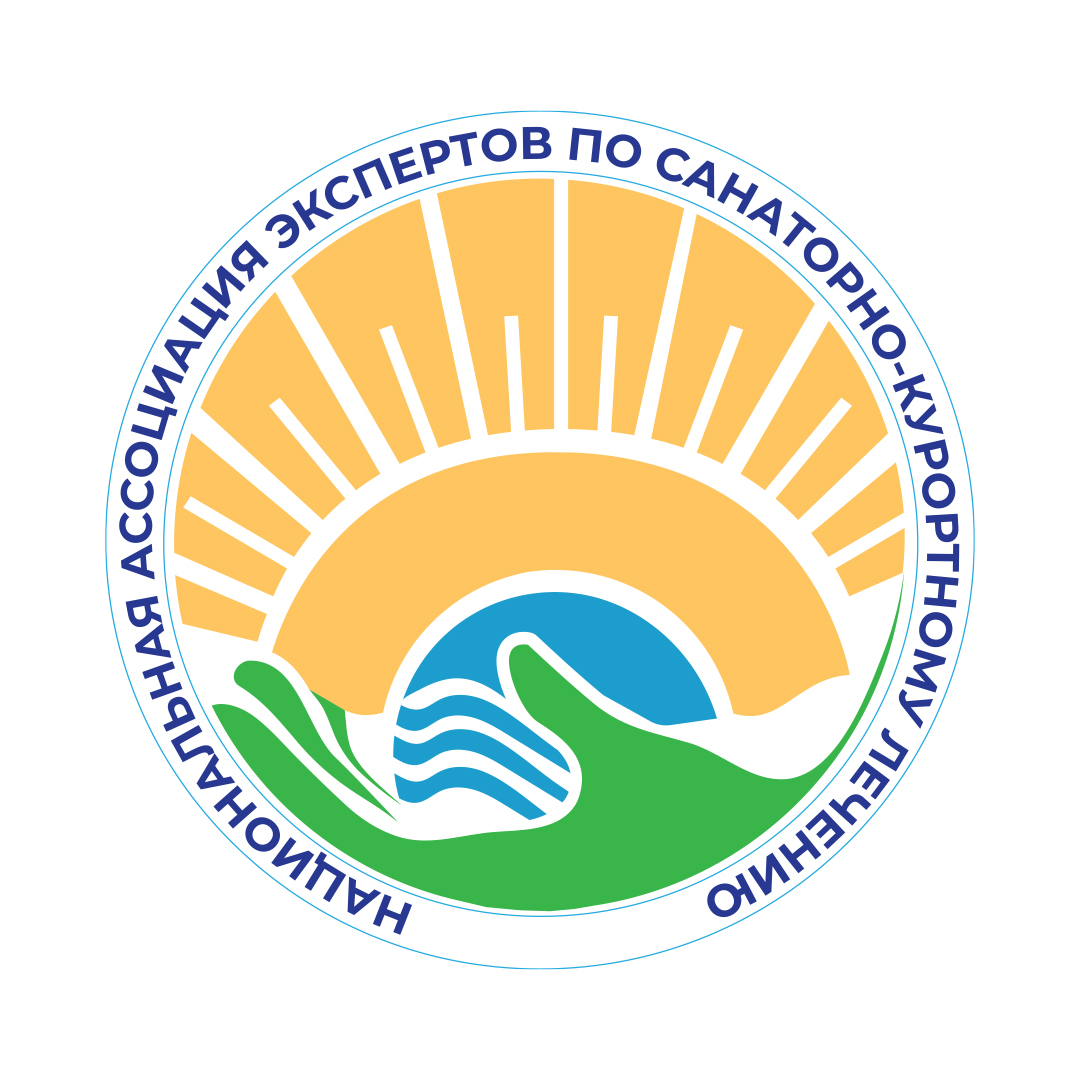Выпуск 2-84, 2018
Опыт применения нейромодуляторов в раннем восстановительном периоде ишемического инсульта
1 Новак Э.В., 1 Уварова О.А., 1 Даминов В.Д.
1 ФГБУ «Национальный медико-хирургический Центр им. Н.И. Пирогова» Минздрава РФ, Москва, Россия
РЕЗЮМЕ
В данной работе обсуждается эффективность современной реабилитации, которая определяется не толькостепенью функциональной состоятельности пациента, но и скоростью, с которой удаётся добиться максимального восстановления утраченных функций. Рассматриваются биологические аспекты нейропластичности и возможная дополнительная польза в реабилитации опорной функции нижней конечности от применения препаратов,содержащих фрагменты нейротрофических факторов. Представлен опыт исследования нейромодуляторов наскорость восстановления опорной функции нижней конечности в раннем восстановительном периоде инсульта.В исследование, которое проводилось в отделении медицинской реабилитации НМХЦ им. Н.И. Пирогова, быловключено 80 пациентов. 40 пациентам, включённым в основную группу, проводилась унифицированная реабилитационная программа в течение 14 дней с применением препарата Церебролизин (30 мл, растворенного в 200мл физиологического раствора). Пациентам второй группы (n=40) также проводилась унифицированная реабилитационная программа в течение 14 дней только с применяем 200 мл физиологического раствора без активногопрепарата по схеме применения Церебролизина. Унифицированная программа реабилитации включала в себяежедневно: сеанс механотерапии на циклических велотренажёрах, сеанс индивидуальной кинезиотерапии длянижних конечностей и сеанс механотерапии на столе-вертикализаторе с интегрированным роботизированнымортопедическим устройством «Эриго» или на роботизированном комплексе для локомоторной терапии с расширенной обратной связью «Локомат».
КЛЮЧЕВЫЕ СЛОВА: инсульт, нейропептиды, двигательная реабилитация
Список литературы:
- Карелин А.А. Большая энциклопедия психологических тестов. - Москва: Эксмо; 2007
- A. Barker, R. Jalinous, and I.L. Freeston. Non-invasive magnetic stimulation of human motor cortex; Lancet; 1985; 325(8437): 1106-1107.
- Akai F et al. Neurotrophic factor-like effect of FP. 1070 on septal cholinergic neurons after transections of fimbria-fornix in the rat brain; Histol His-topathol; 1992; 7: 13-21.
- Chang W.H. et al. Cerebrolysin combined with rehabilitation promotes motor recovery in patients with severe motor impairment after stroke; BMC Neurology; 2016:16-31. DOI 10.1186/s12883-016-0553-z
- Collen F.M. t al. The Rivermead Mobility Index: a further development of the Rivermead Motor Assessment; Int Disabil Stud.; 1991; 13(2): 50-4.
- Corti M., Patten C., Triggs W. Repetitive transcranial magnetic stimulation of motor; Am J Phys Med Rehabil; 2012; 91: 254-270.
- Darsalia V., Heldmann U., Lindvall O., Kokaia Z. Stroke-induced neurogenesis in aged brain; Stroke 2005; 36: 1790-5.
- Dewilde S. et al. Modified Rankin scale as a determinant of direct medical costs after stroke; Int J Stroke; 2017; Jun; 12(4):392-400.
- Formichi P. et al. Cerebrolysin administration reduces oxidative stress-induced apoptosis in limphocytes from healthy individuals; J. Cell. Mol. Med.; 2012; 16(11): 20840-20843.
- Forrest G.P. et al. A comparison of the Functional Independence Measure and Morse Fall Scale as tools to assess risk of fall on an inpatient rehabilitation; Rehabil Nurs.; 2013; Jul-Aug;38(4):186-92.
- Gutierrez-Fernandez M. et al. Trophic factors and cell therapy to stimulate brain repair after ischaemic stroke; J Cell Mol Med; 2012; 16(10): 2280-90.
- H.R. Siebner et al. Lasting cortical activation after repetitive TMS of the motor cortex: a glucose metabolic study; Neurology; 2000; 54(4): 956-963.
- H.R. Siebner et al. Continuous transcranial magnetic stimulation during position emission tomography: a suitable tool for imaging regional excitability of the human cortex; Neuroimage; 2001; 54(4): 883-890.
- Kapoor S. Cerebrolysin and its emerging clinical applications in psychiatry; The Australian and New Zealand Journal of Psychiatry; 2013; 47(7):685.
- Langhorne P., Bernhardt J., Kwakkel G. Stroke rehabilitation; Lancet; 2011; 377: 1693-702.
- Mesquita R.C., Faseyitan O.K., Turkeltaub P.E. et al. Blood flow and oxygenation changes due to low-frequency repetitive transcranial magnetic stimulation of the cerebral cortex; Journal of Biomedical Optics; 2013; 18(6) 067006:1-11.
- Muresanu D.F. et al. Cerebrolysin and Recovery After Stroke (CARS); Stroke; 2016; 47: 151-159.
- P. Fox et al. Imaging human intra-cerebral connectivity by PET during TMS; Neuroreport; 1997; 8(12): 2787-2791.
- Ryabnikova E.A. et al. A comparison of a neuroprotective effects of hypoxic postconditioning and cerebrolysin in the experimental model; Zhurnal Nevrologii i Psikhiatrii Imeni S.S. Korsakova; 2013; 113(2):54-58.
- S.A. Brandt et al. Functional magnetic resonance imaging shows localized brain activation during serial transcranial stimulation in man; Neuroreport; 1996; 7(3): 734-736.
- Stinear C. Prediction of recovery of motor function after stroke; Lancet Neurol.; 2010; 9: 1228-32.
- T. Paus et al. Dose-dependent reduction of cerebral blood flow during rapid-rate transcranial magnetic stimulation of the human sensorimotor cortex; J. Neurophysiol; 1998; 8(12): 1102-1107.
- Ubhi K. et al. Cerebrolysin modulates pronerve growth factor/nerve growth factor ratio and ameliorates the cholinergic deficit in a transgenic model of Alzheimer's disease; Journal of Neuroscience Research; 2013; 91(2): 167-177.
- Zhang et al. Sonic Hedgehog Signaling Pathway Mediates Cerebrolysin-Improved Neurological Function After Stroke; Stroke; 2013; 44: 1965-1972.
- Zhang L. et al. Cerebrolysin dose-dependently improves neurological outcome in rats after acute stroke: A prospective, randomized, blinded, and placebo-controlled study; International Journal of Stroke; 2016; 11(3): 347-355.
- Ziganshina L.E., Abakumova T. Cerebrolysin for acute ischaemic stroke; The Cochrane Database of Systematic Reviews; 2015; 6.

Контент доступен под лицензией Creative Commons Attribution 4.0 License.
©
Эта статья открытого доступа по лицензии CC BY 4.0. Издательство: ФГБУ «НМИЦ РК» Минздрава России.




